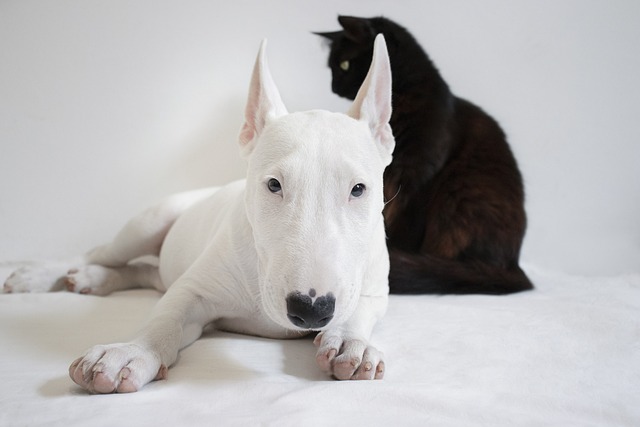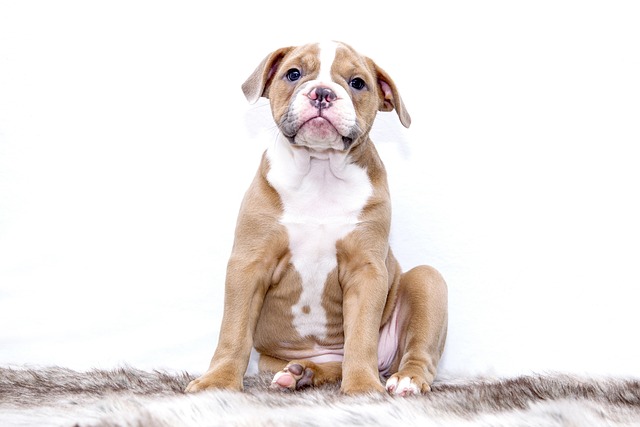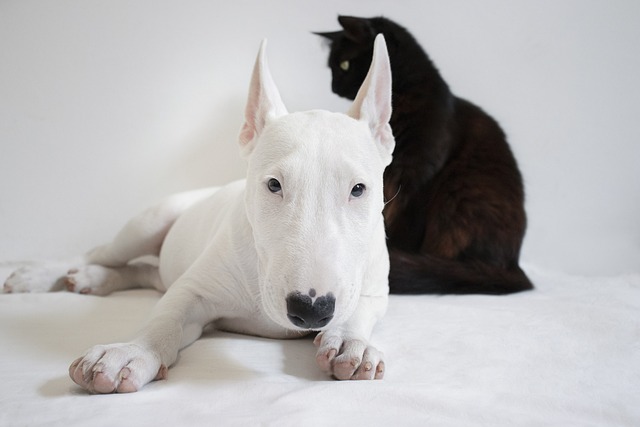
What is the most common dog allergy
I sat with my friend Lena at a coffee shop last week, where she was scrolling through allergy blogs—her 6-year-old son
I sat with my neighbor Mrs. Henderson on her porch last night, as her 12-year-old Labrador, Molly, curled up at her feet. “I worry about her when we go to bed—how do I know if she’s healthy at night?” she asked, brushing Molly’s graying ears. If you’re a new U.S. dog owner with a senior pup (usually 7+ years old, depending on breed), this fear is relatable. Senior dogs change as they age—slower movements, more naps—but nighttime habits can reveal a lot about their health. Knowing the signs your senior dog is healthy at night doesn’t require fancy tools; it just takes paying attention to small, consistent behaviors.
To understand why nighttime signs matter, let’s break down senior dog biology: As dogs age, their bodies slow down—kidney function may decline, joint pain can flare up, and sleep patterns shift. Nighttime is when these changes often show up most clearly, because there are fewer distractions. A healthy senior dog will maintain calm, predictable habits after dark; sudden shifts (like restlessness or frequent bathroom trips) can signal trouble. Molly’s vet explained that consistent nighttime behavior—like sleeping through the night or moving easily to her bed—is a better indicator of health than occasional “slowness” during the day.
Here’s how to spot the signs your senior dog is healthy at night, step by step: First, watch their sleep quality. A healthy senior dog will sleep soundly for 6–8 hours (with maybe one quiet trip outside) and won’t toss, turn, or whimper excessively. Molly sleeps through the night in her bed next to Mrs. Henderson’s—no restlessness, which is a good sign. Second, check their mobility at night. They should be able to get up from their bed, walk to the door, and climb stairs (if they usually do) without limping, shaking, or hesitation. If your pup struggles, it could mean joint pain—ask your vet about gentle supplements. Third, note their bathroom habits. A healthy senior dog will need 1–2 potty breaks at night (not every hour) and will go normally—no straining, diarrhea, or small, frequent pees (which can signal kidney issues). Fourth, observe their mood. They should still greet you calmly if you check on them, or curl up near you without signs of anxiety (like pacing or hiding).

Never scold your senior dog for nighttime accidents—age-related issues (like weak bladder control) aren’t their fault, and punishment violates U.S. animal welfare standards. Instead, use puppy pads near their bed if needed, and praise them for going outside. For apartment living, keep their bed on the ground floor (avoid stairs if they struggle) and leave a nightlight near their water bowl—senior dogs often have worse night vision. When walking at night (for potty breaks), use a reflective leash and collar (for safety) and always carry poop bags (cities like Chicago fine up to $500 for leaving messes). Schedule regular vet visits (every 6 months for seniors) to update their rabies vaccine (required nationwide) and check for age-related issues like kidney disease.
Mrs. Henderson now keeps a small notebook to track Molly’s nighttime habits—consistency is key. The signs your senior dog is healthy at night are all about predictability: if they sleep well, move easily, and stay calm, they’re likely doing great. With a little observation, you’ll know exactly how to tell your senior pup is happy and healthy after dark.

I sat with my friend Lena at a coffee shop last week, where she was scrolling through allergy blogs—her 6-year-old son

You’ve noticed it lately—your playful pup who used to sprint after squirrels now prefers a leisurely sniff around the yard, and that gray muzzle is becoming more pronounced.

Many new dog owners dream of welcoming a big, cuddly companion but worry about keeping up with intense exercise needs.

I sat with my neighbor Mrs. Henderson on her porch last night, as her 12-year-old Labrador, Molly, curled up at her feet. “I worry about her when we go to bed

I spent a Saturday afternoon helping my cousin Maya prep for her new 8-week-old Golden Retriever puppy, Max—she had a cart full of cute sweaters and chew toys but forgot the basics

I sat with my friend Sarah in her living room last week, watching her 6-year-old Cocker Spaniel, Lila—who was diagnosed with early kidney disease